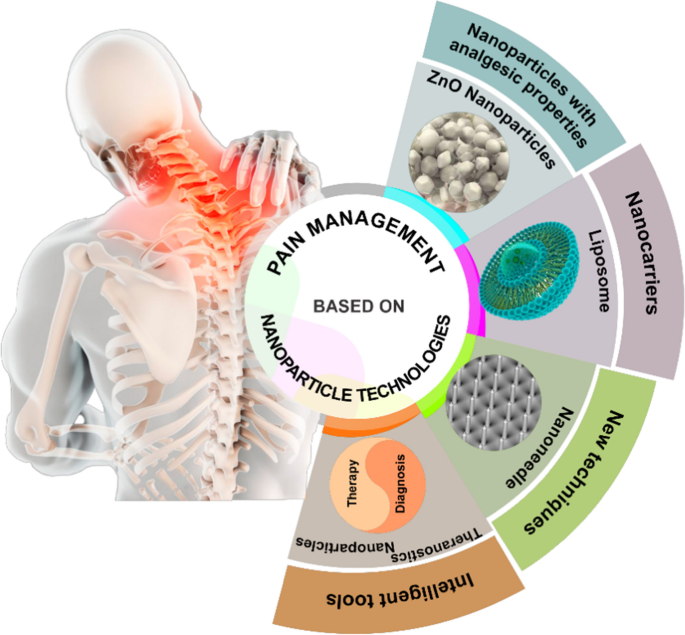Advancements in pain medication are revolutionizing patient care, offering more effective and safer alternatives to traditional treatments. This article explores recent breakthroughs in pain management, highlighting innovative therapies and technologies shaping the future of analgesia.
1. Non-Opioid Analgesics
The quest for effective non-opioid painkillers has led to significant discoveries. Suzetrigine (VX-548), for instance, is a novel medication that blocks sodium channels in nerves, preventing pain signals from reaching the brain. This mechanism offers potent pain relief without the addiction risks associated with opioids.
Another promising development involves MAGL inhibitors, which enhance endocannabinoid levels to provide pain relief comparable to opioids but with a reduced risk of addiction. Studies suggest that these inhibitors could revolutionize pain management by offering safer alternatives to traditional opioids.
2. Neuromodulation Devices
Advancements in medical devices have introduced neuromodulation techniques that alter nerve activity to alleviate pain. These devices, such as spinal cord stimulators and transcutaneous electrical nerve stimulation (TENS) units, provide targeted pain relief with minimal side effects. The National Institutes of Health (NIH) supports the development of next-generation devices aimed at diagnosing and treating pain more effectively.
3. Artificial Intelligence in Drug Development
Artificial intelligence (AI) is playing a pivotal role in accelerating the discovery of new pain medications. Machine learning algorithms analyze complex biological data to identify potential drug candidates, streamlining the research process. Recent studies have utilized AI to explore extended drug-target interaction networks, leading to the identification of novel compounds targeting pain-related sodium channels.
4. Psychedelic Research
Emerging research into psychedelics, such as psilocybin and ketamine, indicates potential for chronic pain treatment. These substances may modulate pain perception and provide relief for conditions that are resistant to conventional therapies. Ongoing studies aim to understand their efficacy and safety profiles in pain management.
5. Virtual Reality Therapy
Virtual reality (VR) is being explored as a non-pharmacological intervention for pain management. By immersing patients in interactive virtual environments, VR can distract from pain and reduce the perception of discomfort. Clinical trials have demonstrated its effectiveness in managing acute and chronic pain conditions.
6. Personalized Pain Management
Advancements in genomics and biotechnology are paving the way for personalized pain management strategies. By understanding an individual’s genetic makeup, healthcare providers can tailor treatments to achieve optimal efficacy with minimal side effects. This personalized approach ensures that patients receive therapies best suited to their unique physiological profiles.
In conclusion, the landscape of pain management is rapidly evolving, with innovative therapies and technologies offering hope for more effective and safer pain relief options. These advancements promise to enhance the quality of life for individuals suffering from chronic and acute pain conditions.


